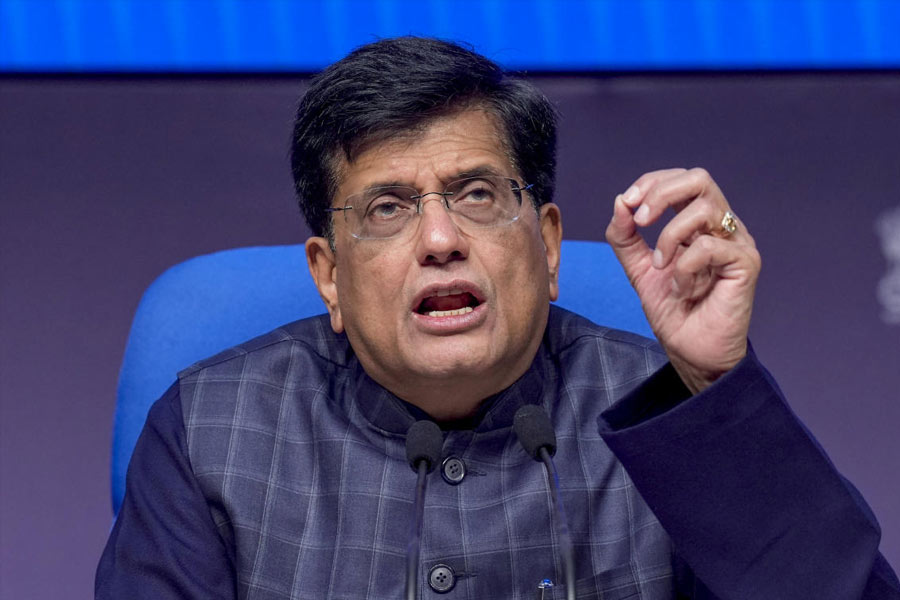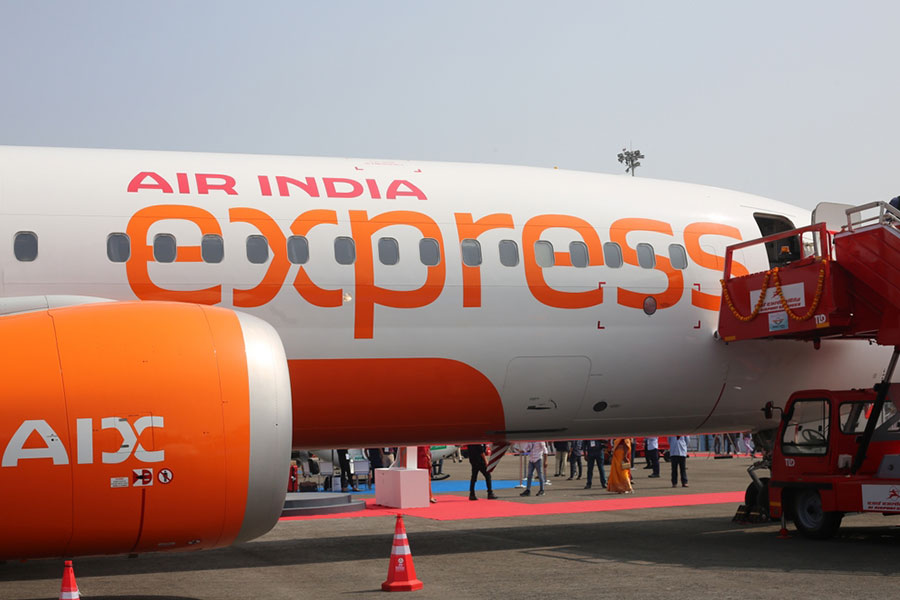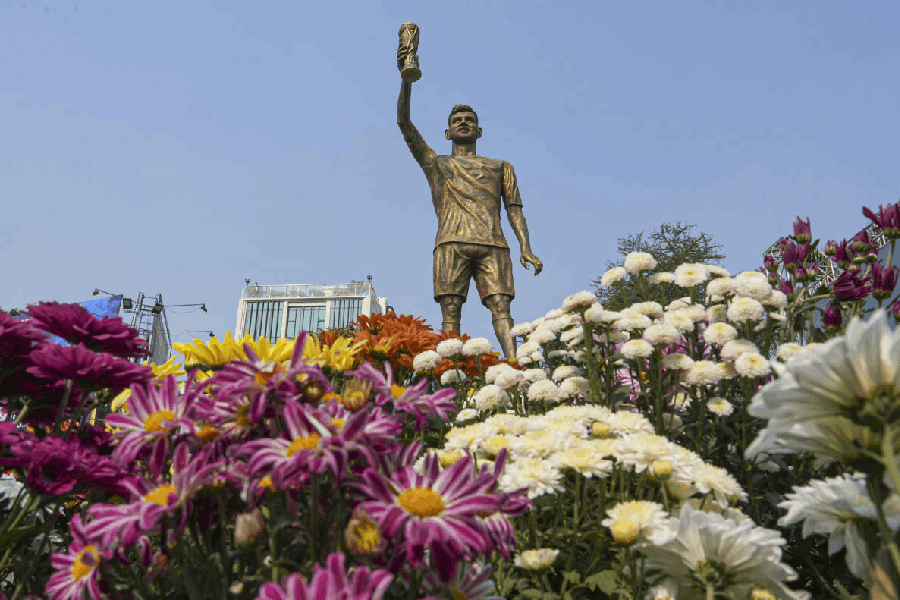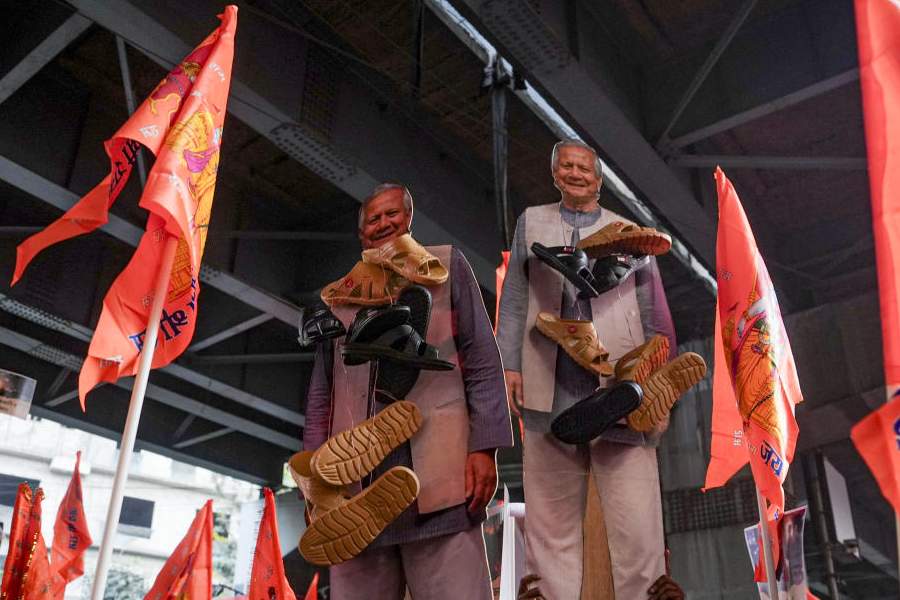
With the government of Arvind Kejriwal making repeated efforts to get odd-even traffic rules in place in Delhi, all eyes are on the success or failure of the eco-warriors. The odd-even scheme permits only vehicles with odd number plates to operate on one day and even number plates the next. With half the cars off the roads (excepting those belonging to MPs many of whom deem themselves above such laws), it is supposed to control pollution.
With the Indian penchant for finding solutions for everything, the well-off are buying second cars. The junior babus are buying a new number plate; in a city of fixers, this is one of the easiest things to fix. The poor — migrant workers from Bangladesh who pass themselves off as Leftist supporters — are shifting home and hearth; somebody has to make a sacrifice. They move closer to their workplace and walk. As does Kejriwal himself — on a treadmill.
Other cities have experimented with the odd-even rule. But none with any great degree of success. Beijing put such restrictions in place before the 2008 Olympics. But after a Russian won the gold — Wang Hao of China was fourth — in the 20km walk, they seem to have realised that walkers couldn’t be manufactured on the streets. The scheme was abandoned.
Staying with the Olympics, in 1976 in Montreal New Zealander John George Walker won the 1,500 metres. He had earlier become the first man to run the mile under 4 minutes. “Fastest runner now Walker,” read the newspaper headlines. But that — like the Time magazine headline “China Decides to Ban Time Travel” — is another story.
That story has legs; we will see it running some day. Doing the running today is, however, walking. Who walks to work? Certainly not the telecommuter, and his numbers are growing. Nor, too, the dogwalker at Infosys; even under a less tightfisted (use loose-fisted at your own peril) Vishal Sikka, he hasn’t got his job back. A 2005 World Bank study of commuting in Mumbai found that “overall, 44 per cent of commuters in Mumbai walk to work. The proportion of the poor who walk to work is even higher — 63 per cent. A second finding is that public transit remains an important factor in the mobility of the poor, and especially in the mobility of the middle class. Overall, rail remains the main mode to work for 23 per cent of commuters, while the bus remains the main mode for 16 per cent of commuters.”
More current information comes from the latest Census of India. Some 20 per cent of non-farm workers in India walk. This is followed by cycling; buses; mopeds, scooters and motorcycles; and trains. Only a small fraction use cars or vans. A third of these workers do not commute; for women, this rises to 45 per cent.
Walking (or cycling) is quite in fashion in Dhanbad (where 57 per cent of the sample use this mode), Durg-Bhilainagar (52 per cent) and Jamshedpur (52 per cent). Public transport is the mainstay in Mumbai (44 per cent), Vasai Virar (44 per cent) and Kannur (40 per cent). You can pick up several other nuggets from HowIndiaLives.com.
In the US, where everything is quantified and ranked, they even have a walk score. “We believe that walkable neighbourhoods… are the key to a happier, healthier and more sustainable lifestyle,” says the Walk Score site. The 2015 City & Neighborhood ranking puts New York on top (walk score 87.6). San Francisco (83.9) and Boston (79.5) are next.
The US also claims the honours on cities that go walkabout. “During the building of the US transcontinental railroad, a mobile town of support personnel, restaurants, saloons, and various recreation facilities (laundry, gambling, dance halls) followed the railroad; the town was colloquially known as Hell on Wheels.”
But India was there first. Remember Muhammad bin Tughluq, who ordered the entire of population of Delhi to shift to Daulatabad.










